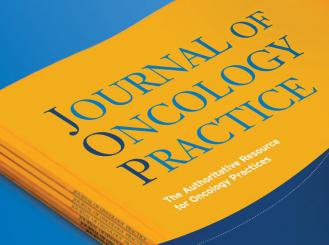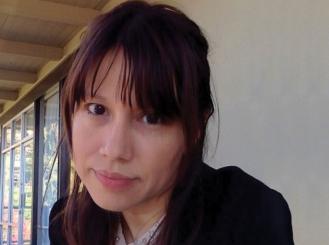Jun 22, 2015
For years now, researchers have been turning the neat, legible, type-written notes within electronic health records (EHRs) to uncover a treasure-trove of patient data. Now, a new study in the May issue of the Journal of Oncology Practice (JOP) has turned to EHRs to find out more about an important, yet often elusive, quality measure: unplanned medical care among patients being treated for cancer.
Understanding the frequency and underlying reasons for unplanned hospitalizations is an important first step in creating interventions that keep patients out of the hospital. For example, if a cancer center discovers that nausea is the number one reason patients are admitted to the Emergency Room (ER), they might devise a protocol which gives patients preventive antiemetics. However, determining the actual number and cause of unplanned medical care comes with a challenge: Sure, hospitals could analyze their own medical codes to assess the nature of unplanned care at their own institution, but given that the U.S. health system is not centralized, how can practices capture unplanned care visits in which patients have gone to any number of local ERs or urgent care centers?
The novel idea devised by the researchers of the JOP study, “Detecting Unplanned Care From Clinician Notes in Electronic Health Records,” was to mine EHR "free-text" for mentions of unplanned medical care among breast, GI, and lung cancer patients being treated at Stanford Health Care (SHC) in California.The search was carried out using text-mining software that scanned 308,096 free-text records. The software identified terms associated with non-SHC facilities, for example, “Santa Clara Valley Medical Center,” and terms associated with unplanned event, for example, “ER” (emergency room). If a term associated with an outside facility and a term associated with an unplanned event occurred in close proximity to one other, this was taken as evidence of an outside unplanned care visit. Unplanned care rates were calculated for the first 30 days, and up to one year after each patient’s initial cancer diagnosis.
The study found that this data-mining technique increased the ability to determine the rate of unplanned care visits by 32% in the first three months of follow-up and by 21% in the first year of follow-up. Among the 1,263 patients whose records were scanned, 612 were found to have had unplanned hospitalizations or ER visits outside of SHC.
Looking Beyond Medicare Codes for a More Complete Picture of Unplanned Care
The study’s first author, Suzanne Tamang, PhD, explained how data from free-text is able provide a more complete picture of unplanned hospitalizations, compared with coded data form Medicare records.
“Right now, the state of quality measurements is about where it’s been for the last few decades, which is that practices mainly use administrative, or claims-based sources for computing metrics for different cohorts. This method gives us only a limited view of the patients as far as incidence of unplanned medical care. By adding in information from EHRs you start to get some of the more subtle details of a patient’s health trajectory that allows you to more directly measure healthcare quality.”
Most frequent symptom in emergency department visits: pain
Analyzing the information from EHR free text also provided a richer understanding of the symptoms that prompt unplanned care. The software that scanned the EHRs looked for words denoting symptom—nausea, infection, and the like—and found that the most frequently-reported symptoms in emergency department notes were: pain (75%), nausea (54%), vomiting (47%), infection (36%), fever (28%), and anemia (27%). Pain, nausea, and vomiting were reported together in 35% of emergency room encounter notes.
“Many cancer patients present with complex symptomologies that are not well-characterized in traditional quality reporting data sources. A patient’s EHR provides a richer, finer-grade description that allows you to get down to the nitty gritty of what might be going on.”
Suzanne Tamang, PhD, is a Postdoctoral Scholar at Stanford University, where she is part of the Center for Biomedical Informatics Research. She has been an ASCO member since 2014.
Abstract of the original JOP article.
PDF of the original JOP article.
Tamang S, Patel MI, Blayney DW,Kuznetsov J, Finlayson, SG, Vetteh Y, Shah NH. Detecting Unplanned Care From Clinician Notes in Electronic Health Records. J Oncol Pract. 2015;11:e313-319.
The Exclusive Coverage series on ASCO.org highlights selected research from JCO and JOP with additional perspective provided by the lead or corresponding author.
@ 2014 American Society of Clinical Oncology


